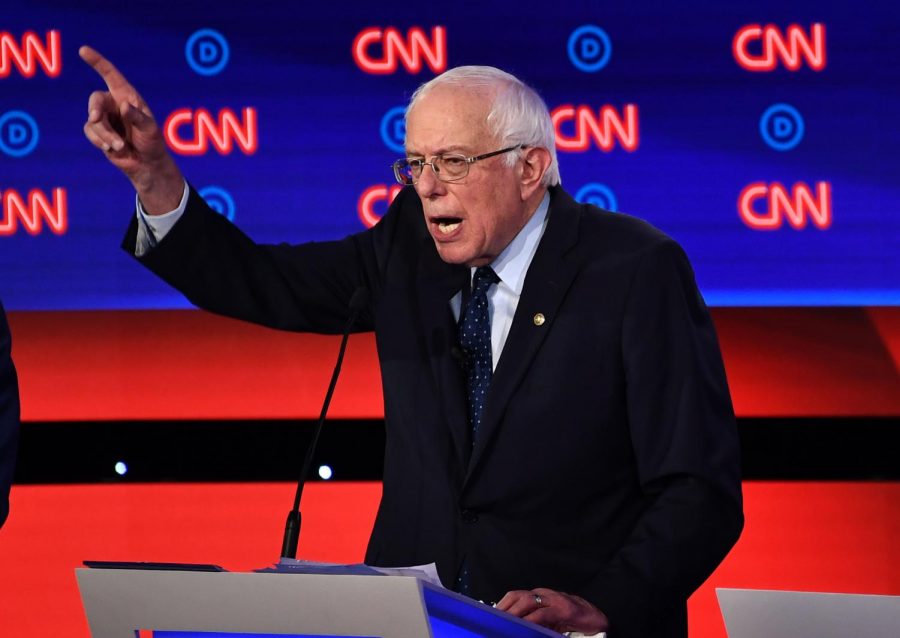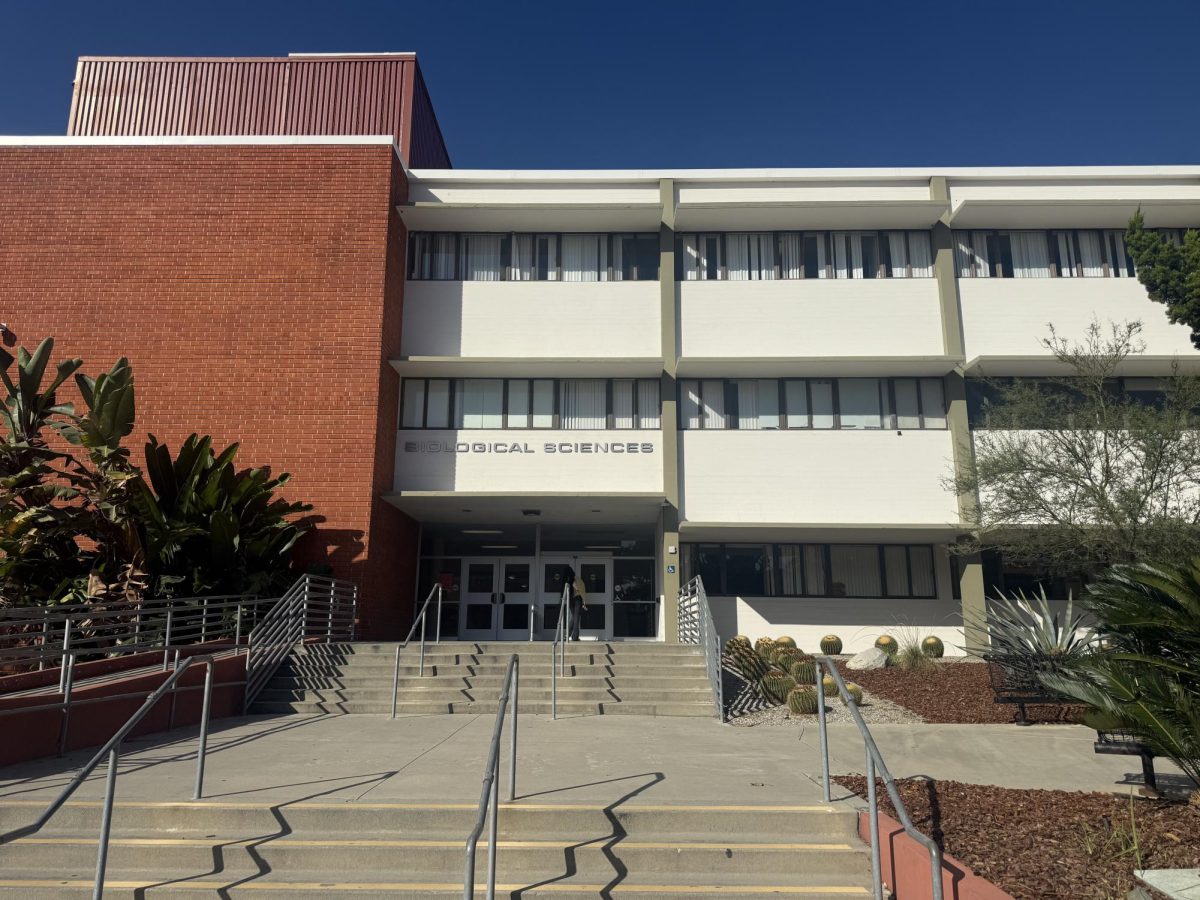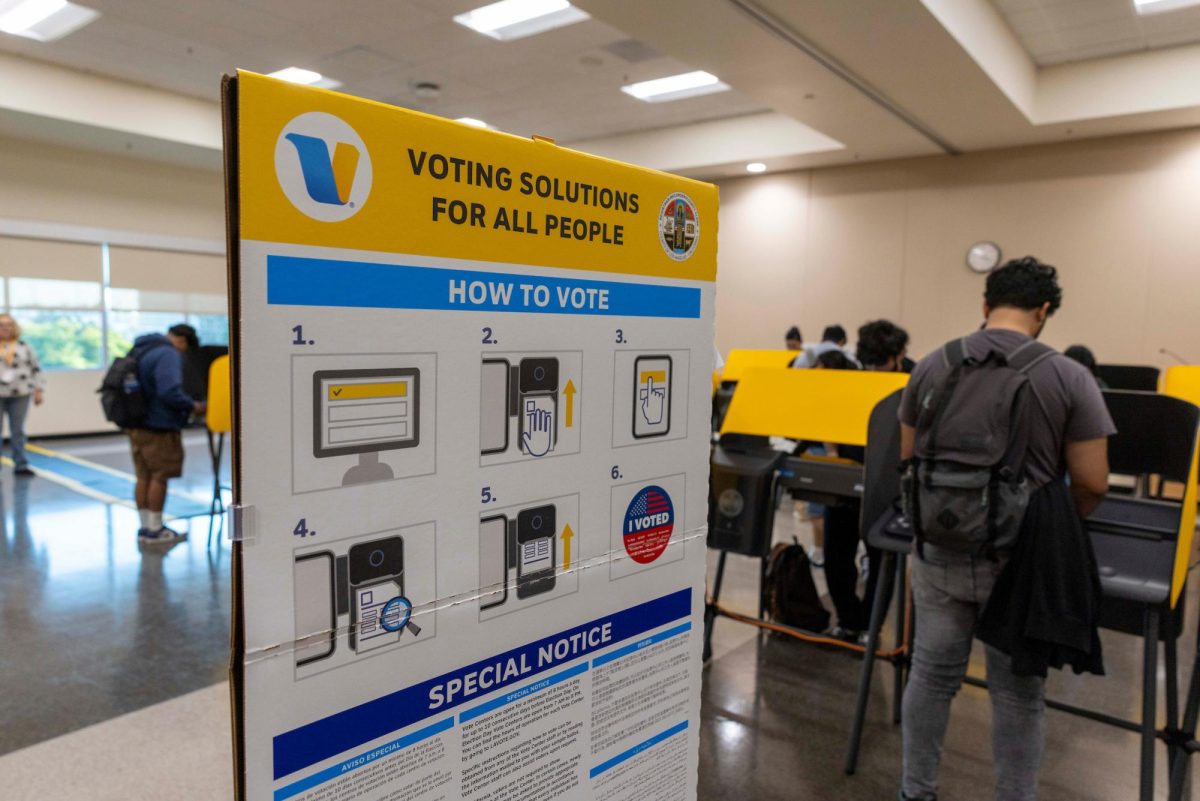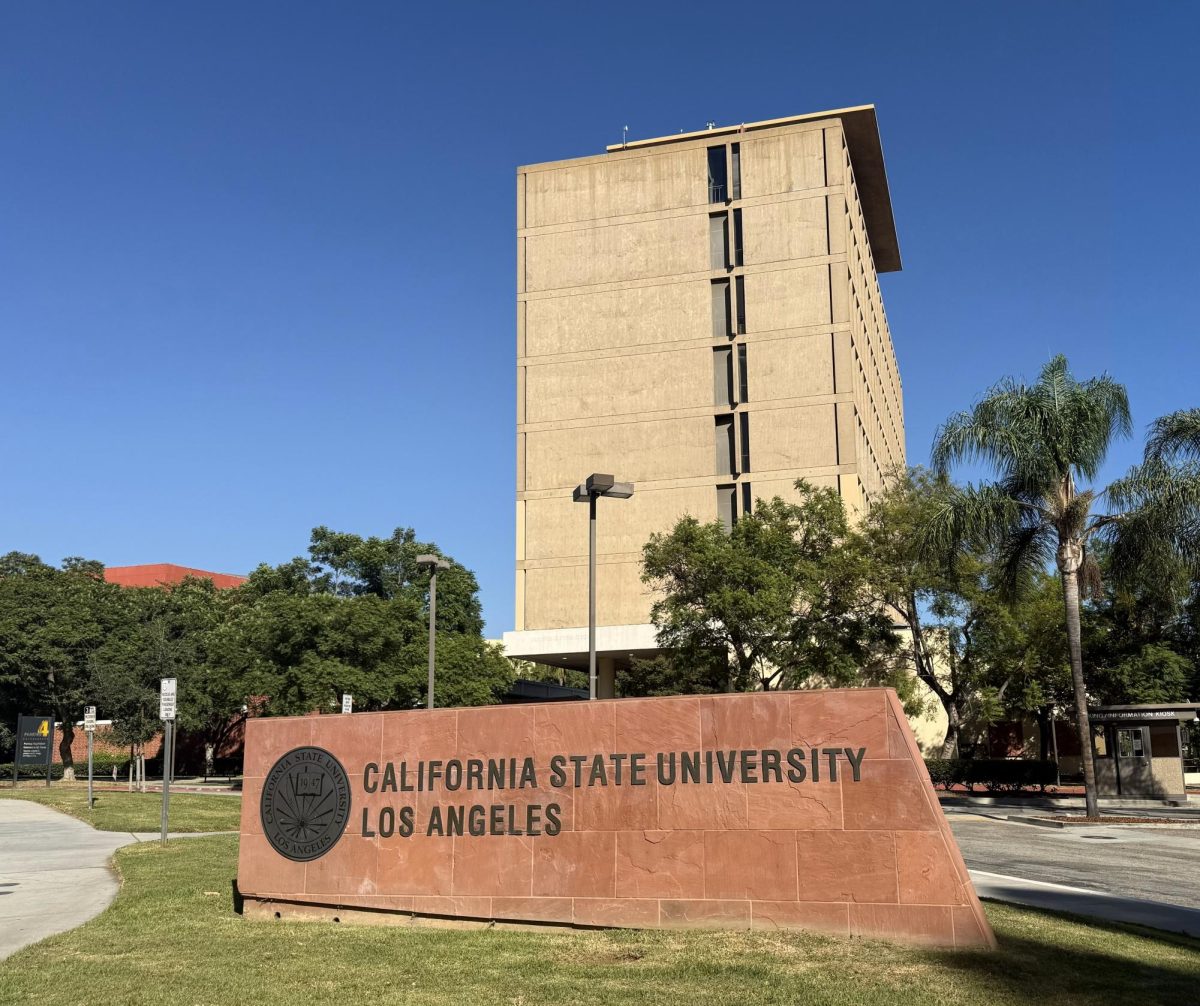A new bill was announced on June 24, 2019 that could tackle the student debt crisis by simply eliminating it.
Senator Bernie Sanders proposed a bill that would serve as a higher education plan. According to the Board of Governors of the Federal Reserve System, the student debt loan is currently almost at a staggering cost of $1.6 trillion.
Sanders’s potential bill would eliminate the debt for undergraduates.
The bill draws out a plan to set a tax on Wall Street transactions to fund the cancellation. Sanders’s campaign believes that the tax could produce over $2.4 trillion over the next ten years, which would offset the $2.2 trillion cost of the bill.
If the plan goes through, the Secretary of Education would forgive the balance of student loans within the first six months of it being signed. These loans include those that were made, insured or guaranteed by the federal government.
Private loans would also be covered under the proposed bill by giving the Secretary of Education the authority to purchase the debt from banks and forgive the loans. It would also clear the debt, no matter if it was a student or their parents who took out the loan.
Sanders’s plan also included to make public colleges tuition free and provide funding for low-income families.
Students currently attending or are looking to go to graduate or private undergraduate colleges will still need to take loans from the federal government. However, interest rates on all new loans would be capped at 1.8%.
Other democrats like senator Elizabeth Warren have similar bills in mind but her plans are to limit loan forgiveness based on wealth. People who make less than $100,000 will be able to receive $50,000 in loan forgiveness while those who earn more receive less.
While Sanders’s plan is still far from passing, it has already created a movement of supporters and critics on both sides of Congress. Critics of the plan believe that such a bill would not solve the issue since most student loans are taken out for graduate school.
According to the Department of Education, while 45% of student loans are used to attend public college, tuition is significantly lower there.
Graduate programs are far more expensive and have no limit to what students can borrow, which would not be covered entirely under Sanders’s loan forgiveness plan. About 40% of loans come from graduate or professional college students.
It remains to be seen whether the bill will make its way to Congress and still get the approval of the president.














